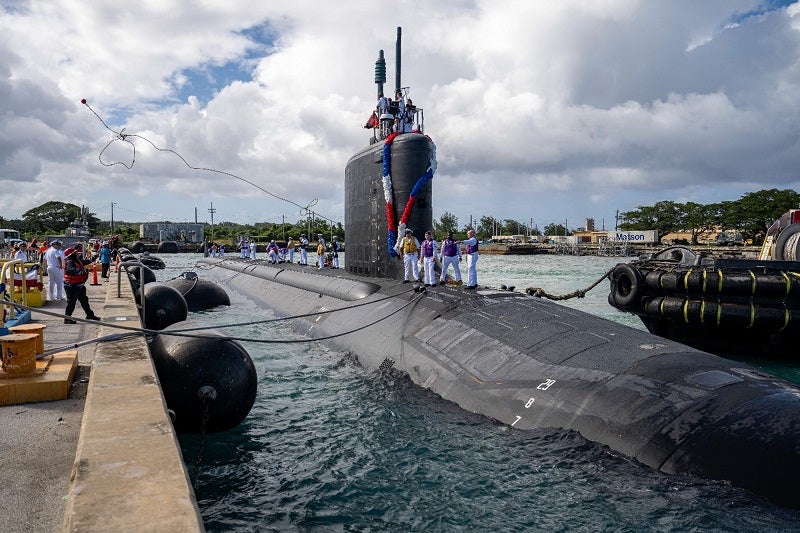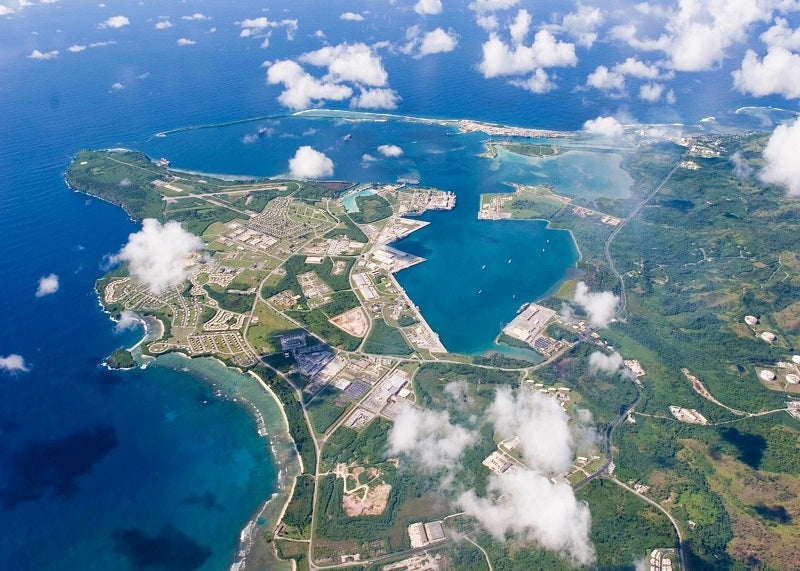The US Navy has increased its forward presence in the Indo-Pacific by deploying a Virginia-class fast-attack submarine, the USS Minnesota (SSN 783), to its naval base in Guam on 26 November 2024.
This decision was made as part of the Navy’s “strategic laydown plan” for naval forces in the increasingly contentious Indo-Pacific. The vast maritime space has become a focal point in a strategic, grey-zone struggle with China that is barrelling towards outright conflict in the coming years.
More than one third of Asia-Pacific countries are small, island nations. Guam, the largest island in Micronesia, and an American territory since 1898, will house the Minnesota as well as four Los Angeles-class fast-attack submarines: the USS Annapolis, Asheville, Jefferson City, and Springfield.
These legacy boats have been based in Guam respectively between 2017 and 2022. The Minnesota is said to be the first Virginia-class boat to be forward deployed to the island territory. Notably, the Virginia-class – within which Minnesota is the tenth unit, commissioned in Norfolk in 2013 – are due to replace the Los Angeles-class, commissioned between 1976 to 1996.

Minnesota has a crew of around 140 sailors, and is capable of supporting various missions: anti-submarine warfare, anti-surface ship, strike warfare as well as conducting intelligence, surveillance and reconnaissance.
For the Navy, this makes the Minnesota’s arrival in Guam a significant moment as it marks the mobilising of more advanced subsea capabilities to the region.
Several months ago, the US Air Force similarly initiated a major modernisation effort for its fighter fleets at several Japanese bases, worth up to $10bn. In doing so, they will replace ageing F-16s and F-15s with more capable, fifth-generation F-35s and F-15EXs.
US naval force posture
“The security environment in the Indo-Pacific requires that the US Navy station the most capable units forward,” the US Navy press release stated. “This posture allows flexibility for maritime and joint force operations, with forward-deployed units ready to rapidly respond to deter aggression… in the region.”
Guam is located closer to Beijing than to Hawaii, which makes it an ideal platform from which to project power near the South China Sea, Taiwan Strait, and the Korean Peninsula.

The 212-square-mile island has repeatedly served as a stepping stone for regional military strategy in times of conflict. During World War II, the territory was a forward base for US operations in the Pacific as part of a wider Pacific island-hopping campaign. In the Vietnam War, it hosted bombers headed for missions across South East Asia.
According to a Congressional Research Service report from April 2023, the Department of Defense is planning to make additional investment in military infrastructure on Guam and to increase the number of service members on the island, including other military installations such as Andersen Air Force Base to the north.
This is required given the Navy’s ship maintenance capabilities on Guam are limited, as some facilities were closed during the 1995 Base Realignment and Closure process.
Within this larger picture, Guam is just one strategic outpost among many dotted across an expanse more than 100 million square miles.

Other home ports in the region include Point Loma, San Diego; Pearl Harbour, Hawaii; Yokosuka, Japan; the British Indian Ocean Territory, Diego Garcia; and Bahrain. This does not include various naval support facilities and other military service sites scattered across the region.
Maintaining submarines in the region
In the event of a conflict, submarines and their crews are trained and equipped to potentially sink enemy surface ships, break a maritime blockade, disrupt an amphibious assault, or prevent resupply of enemy positions.
For such a widespread presence, more boats are needed, and they need to be maintained efficiently in the region. This remains a sore spot for the Navy as the US submarine sector is struggling with capacity – for specialist labour, and manufacturing infrastructure which has shrunk to just one-third of its capacity from 30 years ago.









